
- August 25, 2023
- Dennis Frank
- 1
Table of Contents
Blockchain technology has revolutionized various industries by providing a decentralized and transparent platform for transactions and data storage. However, the consensus mechanism plays a crucial role in ensuring the integrity and security of the blockchain network. One such consensus mechanism is Understanding Delegated Proof-of-Stake (DPoS), which offers a novel approach to achieving consensus while maintaining efficiency and scalability.
Introduction to Blockchain Technology
Before delving into the details of DPoS, it is essential to understand the fundamentals of blockchain technology. At its core, a blockchain is a distributed ledger that records transactions across multiple computers, or nodes, in a network. This decentralized nature eliminates the need for a central authority, making it resistant to tampering and censorship.
Blockchain networks use consensus mechanisms to validate and agree upon the order and content of transactions added to the ledger. These mechanisms ensure that all participants in the network have a consistent and accurate view of the blockchain’s state.
The Role of Consensus Mechanisms in Blockchain
Consensus mechanisms are algorithms that enable network participants to agree on the validity and order of transactions. By achieving consensus, the blockchain network maintains data consistency and prevents double-spending, Sybil attacks, and other types of digital fraud.
Traditional consensus mechanisms, such as Proof-of-Work (PoW) and Proof-of-Stake (PoS), have their strengths and limitations. PoW, which powers Bitcoin’s blockchain, requires nodes to solve complex mathematical puzzles to validate transactions. While PoW is secure, it consumes significant computational resources and is susceptible to 51% attacks.
PoS, on the other hand, selects validators based on their stake in the network. Although PoS is more energy-efficient than PoW, it can lead to centralization if wealthy participants monopolize the validation process.
Traditional Proof-of-Stake (PoS) vs Delegated Proof-of-Stake (DPoS)
DPoS is a consensus mechanism that builds upon the concept of PoS but introduces a delegated governance model. Instead of allowing all token holders to participate directly in the validation process, DPoS selects a limited number of delegates to represent the network’s stakeholders.
This delegated approach enhances scalability and reduces the computational requirements compared to PoW and PoS. By designating a small number of delegates, DPoS achieves faster block confirmation times, making it suitable for high-throughput applications.
Understanding Delegated Proof-of-Stake (DPoS)
Understanding Delegated Proof-of-Stake (DPoS): In DPoS, token holders can delegate their voting power to trusted delegates, also known as witnesses or validators. These delegates are responsible for block validation and maintenance of the blockchain’s integrity.
The Concept of Delegation in DPoS
Delegation in DPoS allows token holders to participate indirectly in the validation process by selecting delegates to represent their interests. Delegators can allocate their voting power to one or multiple delegates, either manually or automatically through voting proxy systems.
This delegated model empowers token holders while reducing the potential for centralization. By allowing the participation of trusted delegates, DPoS strikes a balance between decentralization and efficiency.
How DPoS Differs from Other Consensus Mechanisms
DPoS differentiates itself from traditional consensus mechanisms in several ways. Unlike PoW, DPoS achieves consensus without substantial energy consumption and computational overhead. Additionally, DPoS mitigates the centralization concerns associated with PoS by allowing more significant token holders to have a proportional influence.
By electing a limited number of delegates, DPoS streamlines the decision-making process, enabling quicker block confirmations. This feature makes DPoS highly suitable for applications requiring faster transaction finality, such as decentralized exchanges or online gaming platforms.

The Working Mechanism of DPoS
The Role of Delegates in DPoS
In DPoS, delegates are responsible for creating, validating, and adding new blocks to the blockchain. They are elected by the token holders based on their trustworthiness and technical competence.
Delegates play a crucial role in maintaining the network’s security and integrity. They are entrusted with confirming transactions, preventing double-spending, and preventing malicious activities through strict adherence to the network’s rules and protocols.
The Voting Process in DPoS
The voting process in DPoS involves token holders selecting their preferred delegates through a voting mechanism. Each token holder can allocate their voting power based on the number of tokens they hold. The chosen delegates are expected to represent the interests and values of the community.
Furthermore, delegates need to maintain a good reputation and track record to gain and retain the trust of token holders. Failure to act responsibly may result in delegates getting voted out and replaced by more competent participants.
Block Creation and Validation in DPoS
Block creation and validation in DPoS occur in a sequential manner. Delegates take turns producing blocks, ensuring that each delegate has a fair chance to participate in block creation.
Once a block is produced, it is then validated by other delegates before being added to the blockchain. This validation process strengthens the network’s security, as any malicious or fraudulent activities are likely to be detected and prevented by the other honest delegates.
Advantages and Disadvantages of DPoS
Speed and Efficiency in DPoS
One of the significant advantages of DPoS is its speed and efficiency compared to other consensus mechanisms. The use of a limited number of delegates allows for fast block confirmations and higher transaction throughput.
This feature makes DPoS ideal for applications requiring real-time transaction settlement, such as payment systems or supply chain management platforms. Additionally, faster block confirmations enhance the user experience by minimizing confirmation times and reducing network congestion.
DPoS and Decentralization
While DPoS provides certain benefits in terms of scalability and efficiency, critics argue that it compromises the core principle of decentralization. By selecting a limited number of delegates to validate transactions and maintain the network, DPoS introduces a level of centralization.
However, the design of DPoS aims to strike a balance between the benefits of decentralization and the need for efficient transaction processing. In practice, the number of delegates and voting power distribution can be adjusted to align with the desired degree of decentralization.
Security Concerns in DPoS
Like any consensus mechanism, DPoS is not without its security concerns. By designating a limited number of delegates, DPoS introduces a potential single point of failure. If a significant number of delegates collude, they may compromise the security and integrity of the blockchain network.
To mitigate this risk, DPoS networks often implement mechanisms such as regular rotational changes of delegates, vote decay, and reputation-based systems to maintain accountability and prevent collusion.
Real-World Applications of DPoS
Cryptocurrencies Using DPoS
Several cryptocurrencies have embraced DPoS as their consensus mechanism. One notable example is EOS, a blockchain platform designed for decentralized applications (dApps). EOS utilizes DPoS to achieve high transaction throughput and low latency, making it a popular choice for developers.
Other cryptocurrencies, such as Lisk and Ark, also leverage DPoS to enable efficient and scalable blockchain networks. These platforms provide developers with tools and frameworks to build their own blockchain applications while benefiting from the advantages of DPoS.
Other Use Cases of DPoS
DPoS has applications beyond the cryptocurrency space. For instance, it can be utilized in governance models, where delegates represent the interests of community members and make consensus-based decisions.
DPoS can also be employed in distributed storage systems, where delegates contribute their resources to store and retrieve data. By utilizing DPoS, these systems can achieve high availability, data redundancy, and improved fault tolerance.
In conclusion, Understanding Delegated Proof-of-Stake (DPoS) is a consensus mechanism that combines the benefits of decentralization, scalability, and efficiency. By electing a limited number of delegates to represent the network’s participants, DPoS achieves faster block confirmations and higher transaction throughput compared to traditional consensus mechanisms. While DPoS introduces certain security considerations and may be perceived as a potential source of centralization, its flexibility allows for adjustments to strike an appropriate balance between decentralization and efficiency. With its real-world applications across cryptocurrencies and other industries, DPoS continues to reshape how blockchain technology is implemented and utilized.








































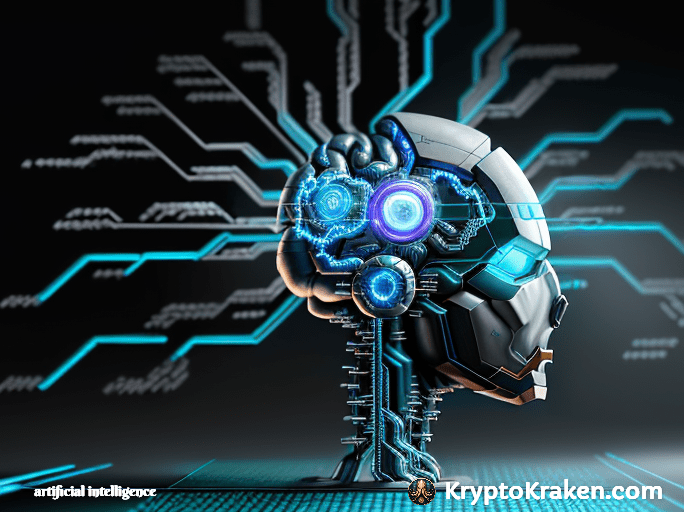


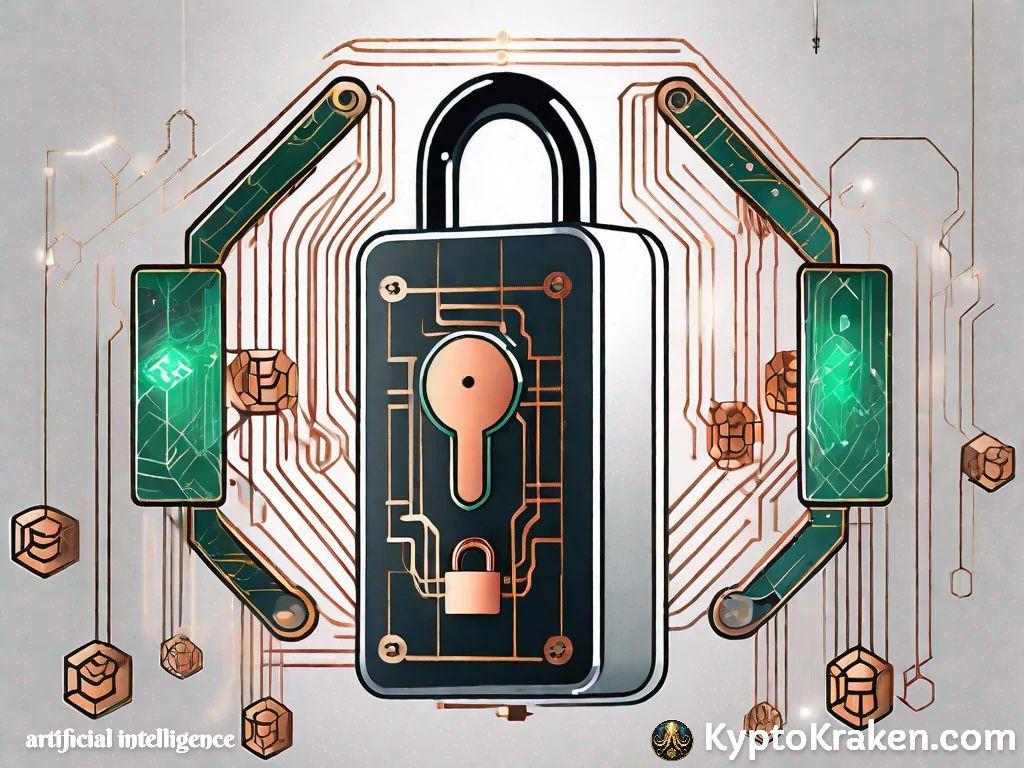


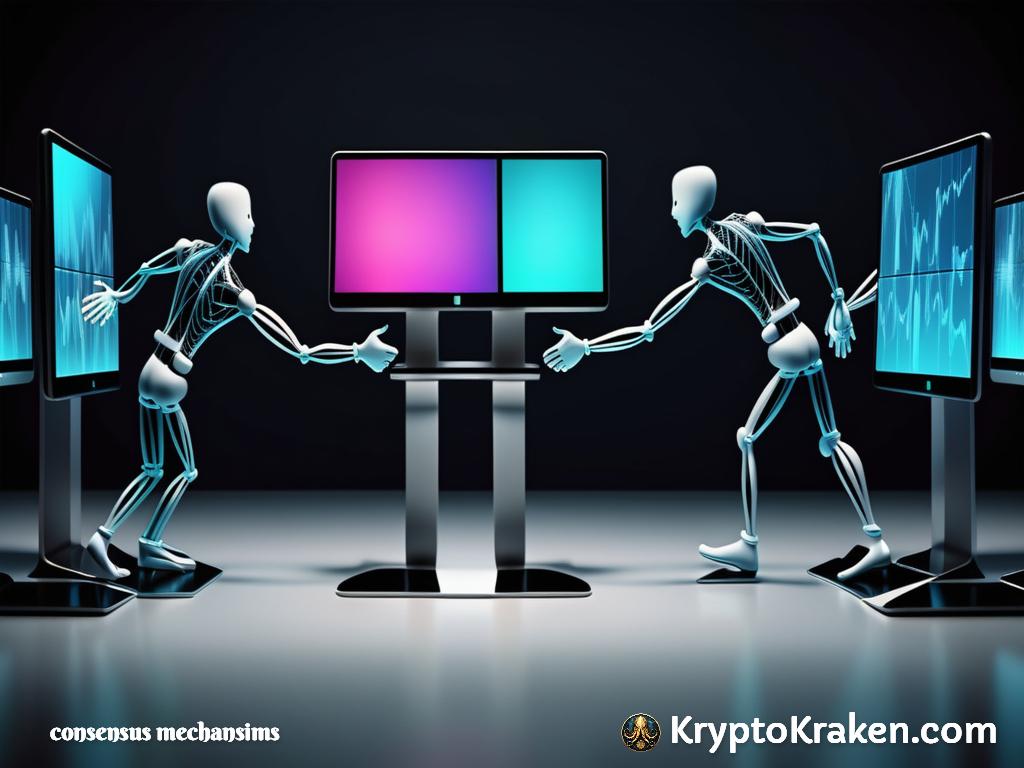


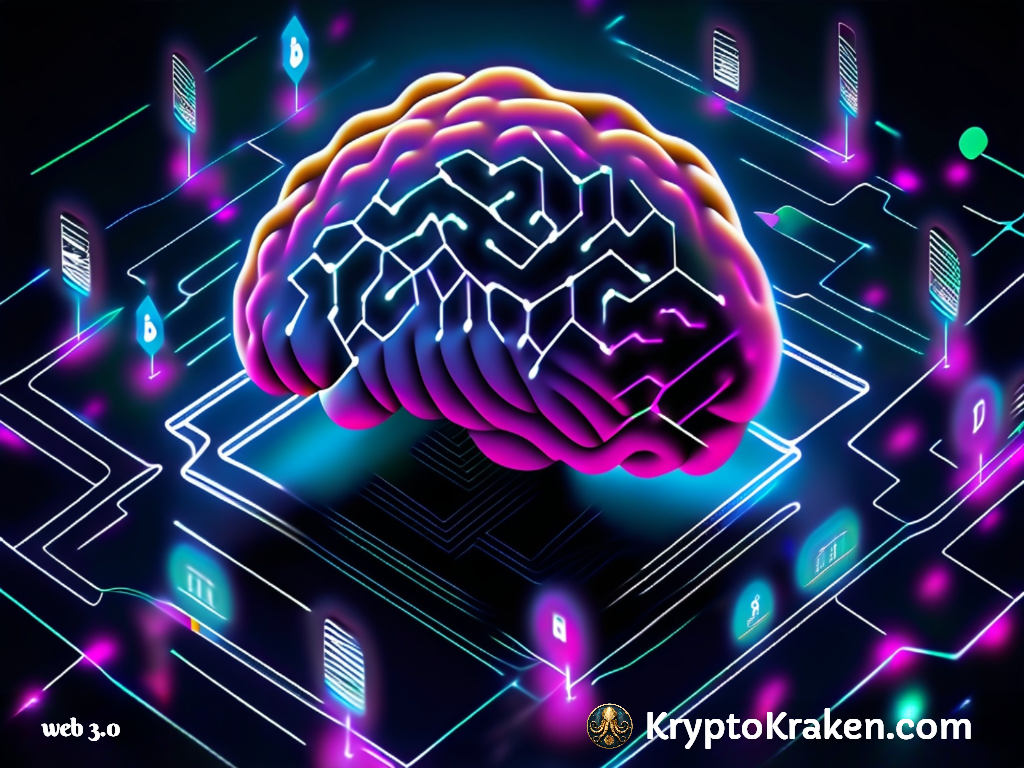
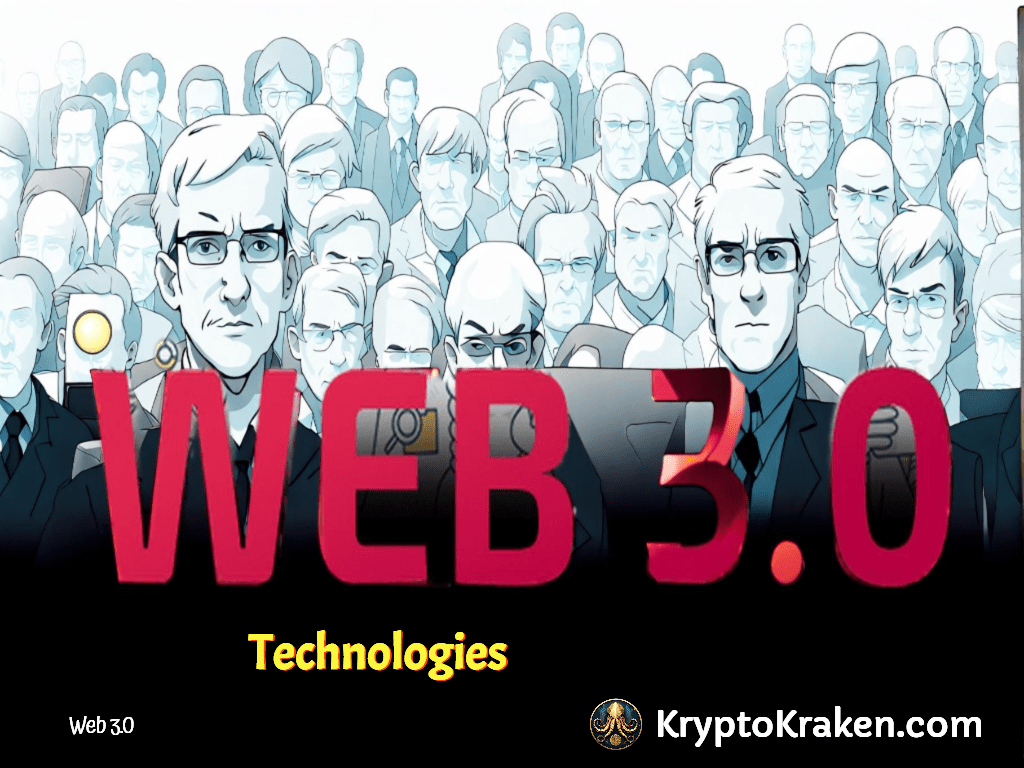















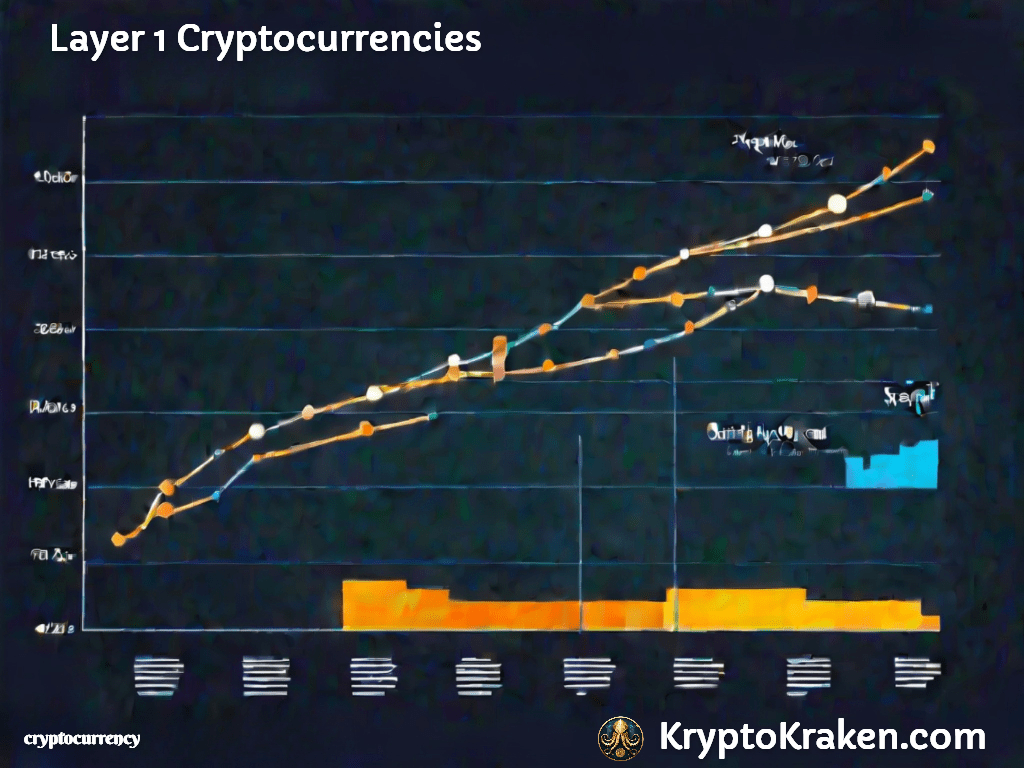


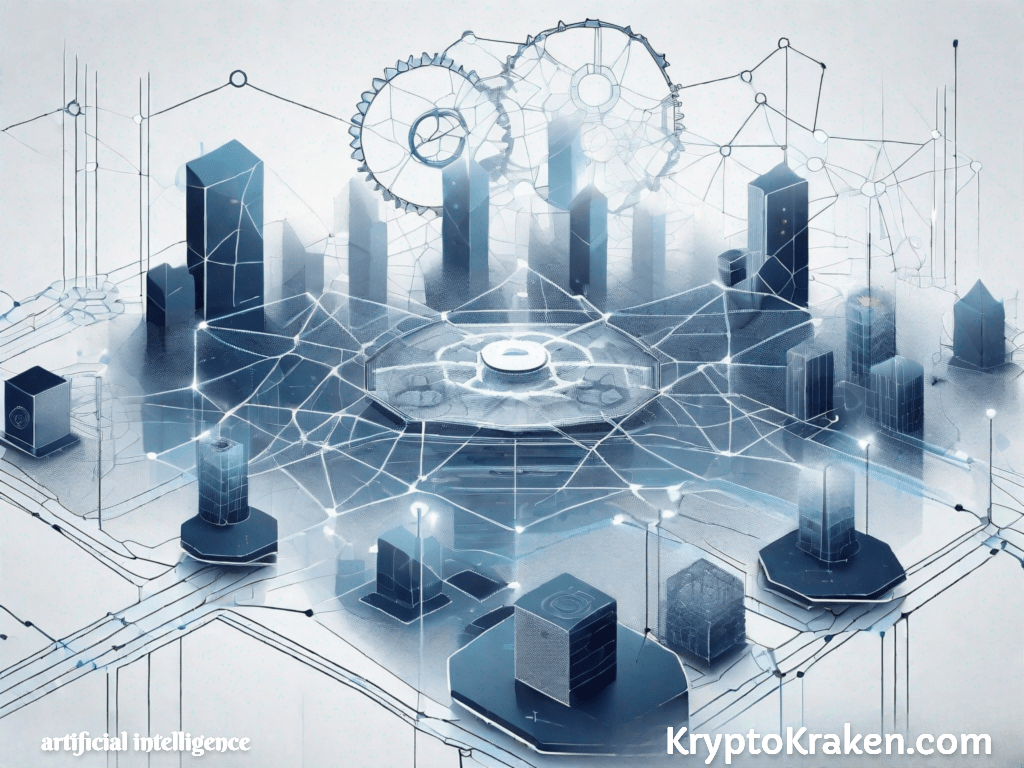

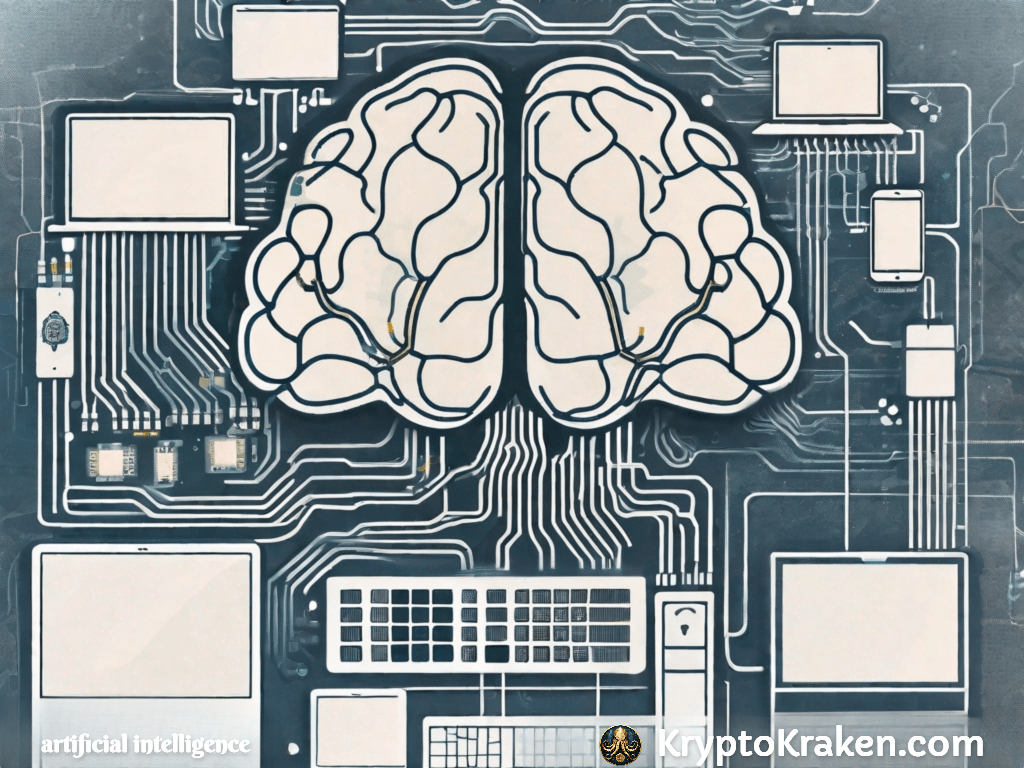

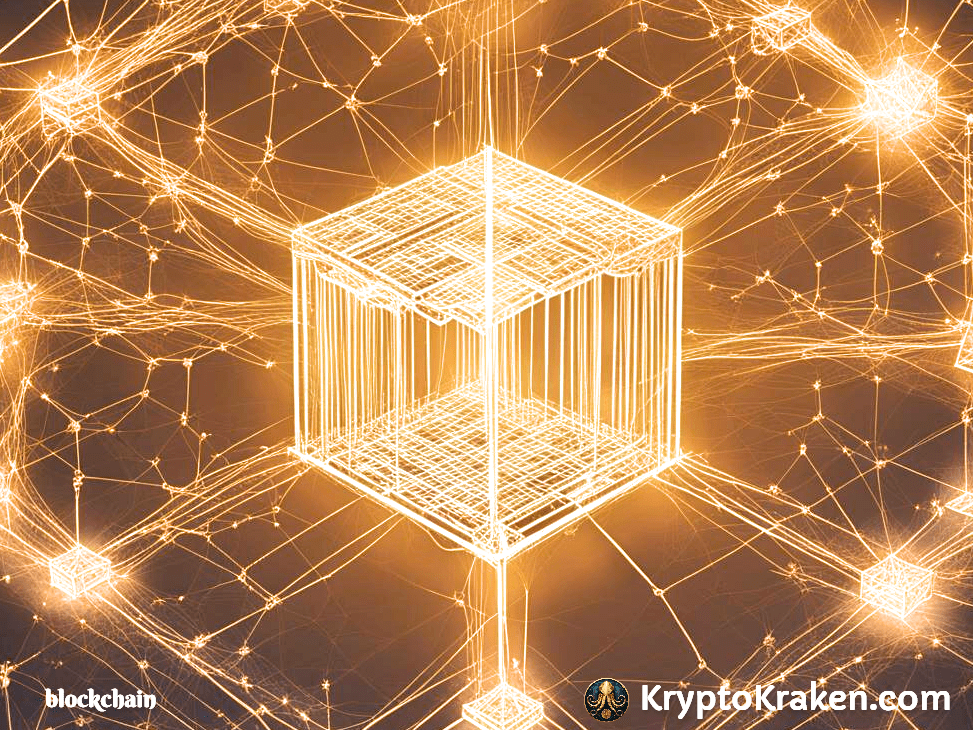


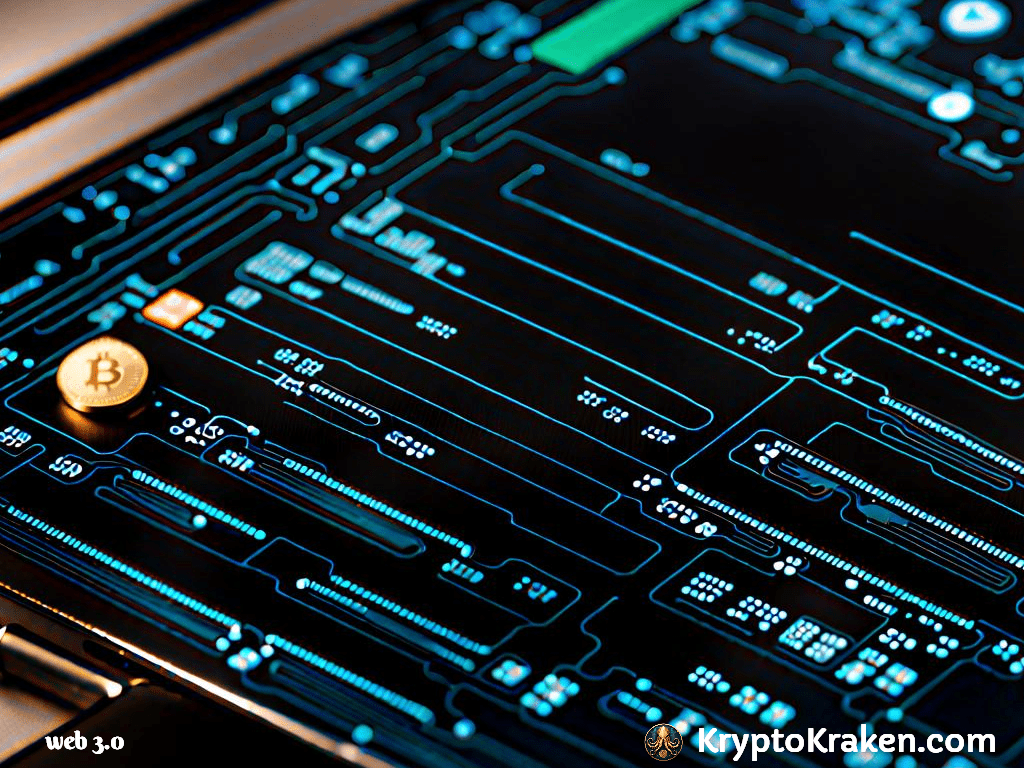





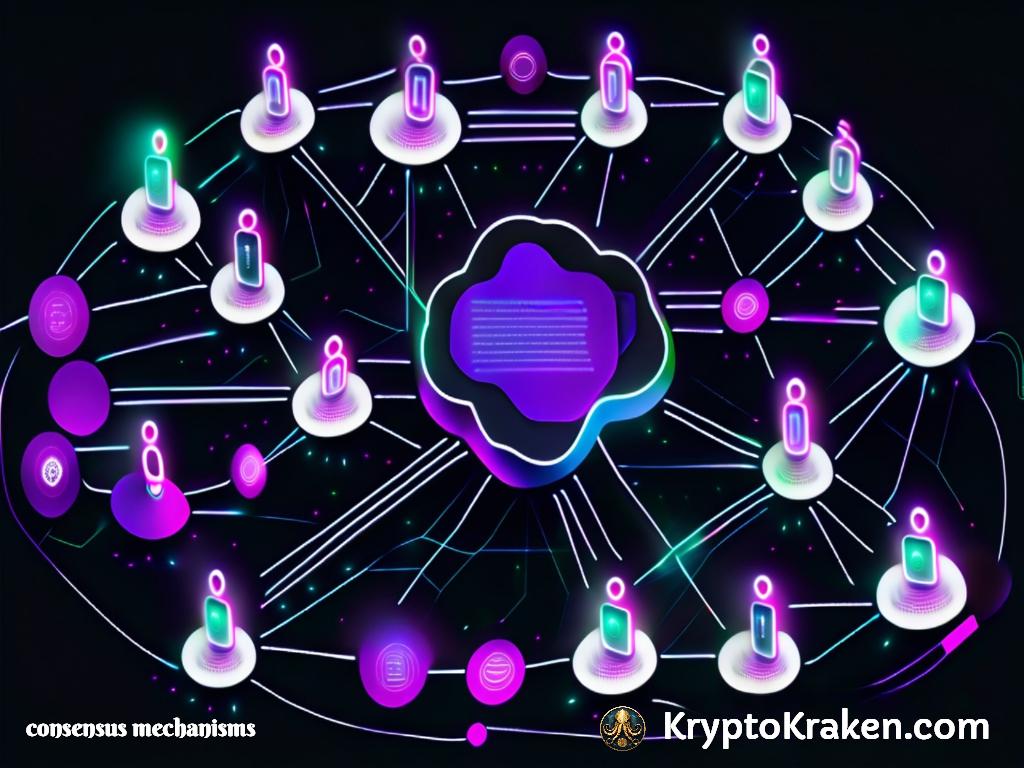
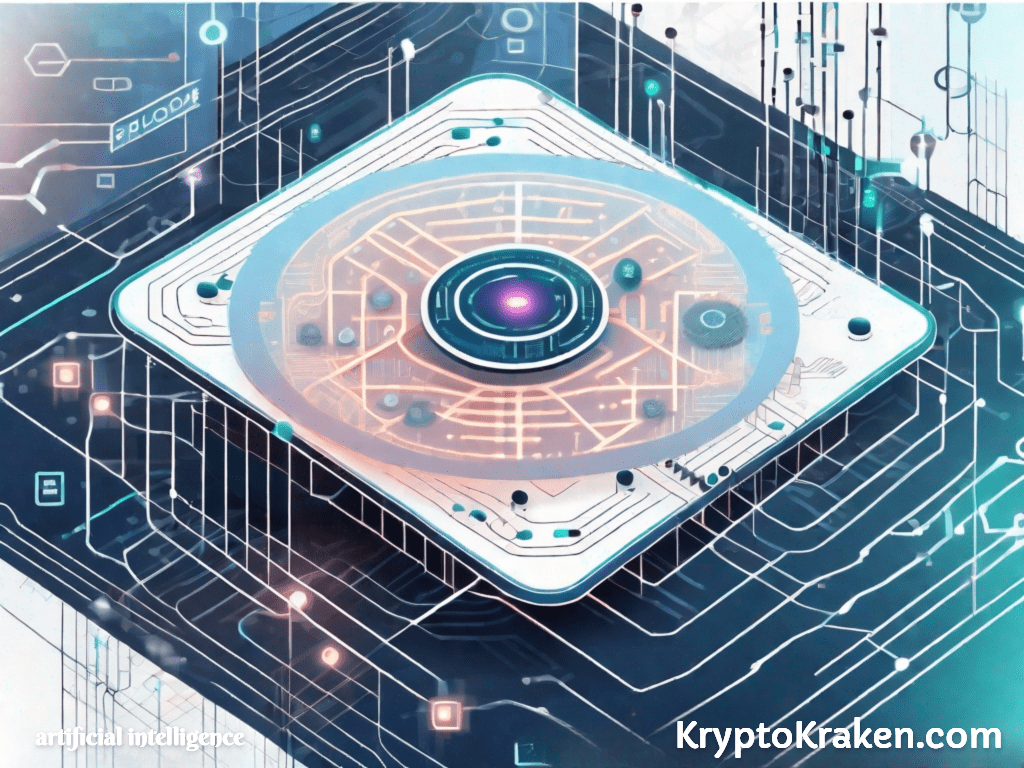
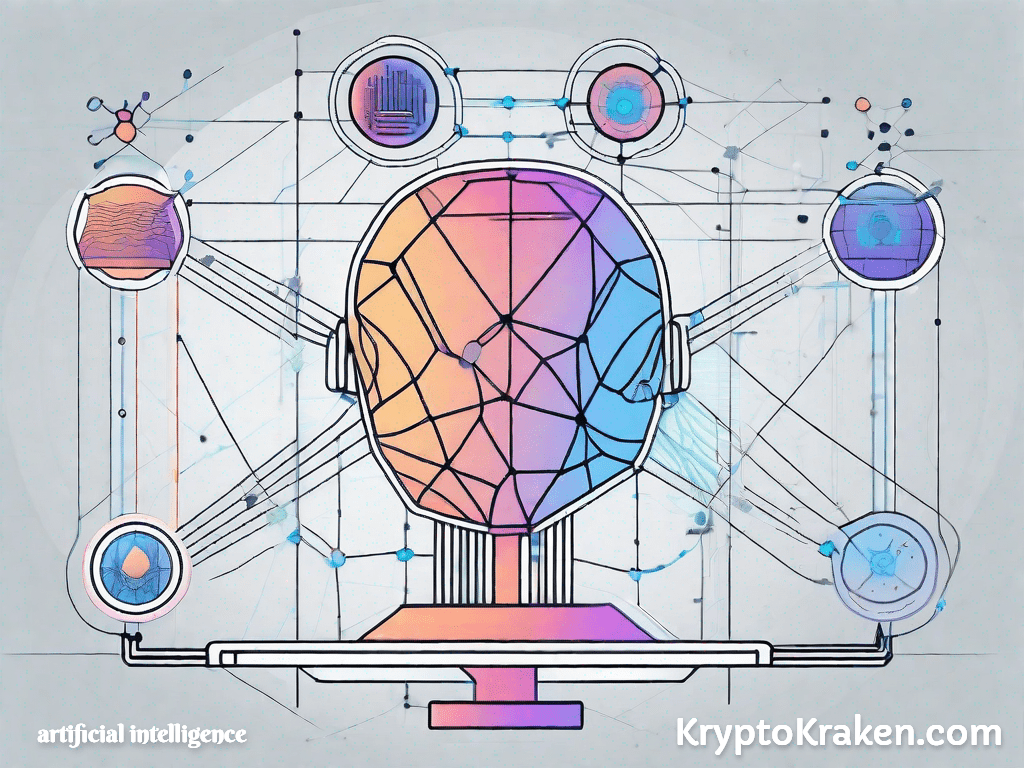










1 comment on “Understanding Delegated Proof-of-Stake (DPoS): What It Is and How It Works”